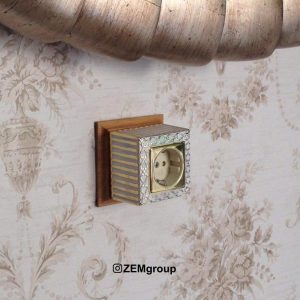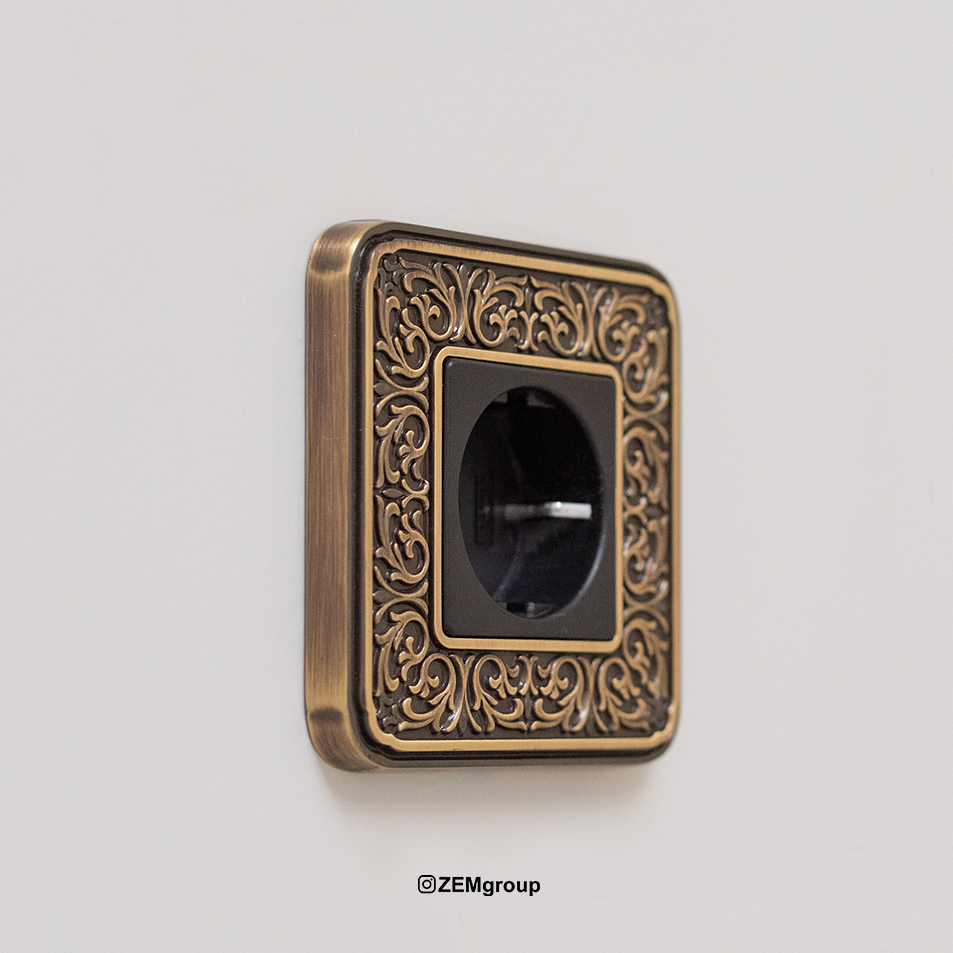Standard SCHUKO Socket Installation in Residential Units
Standard SCHUKO socket installation in residential units is of great importance, as this process not only ensures the safety of the residents but also provides easy access to electrical sources. If the arrangement is not correct, the use of three-way adapters becomes necessary. According to Chapter 13 of the National Regulations, the following points must be observed:
Number of SCHUKO Sockets: The number of SCHUKO sockets in each room should be arranged in a way that provides easy access to electricity. After the entrance to the unit, the first SCHUKO socket should be installed within a maximum of 1.5 meters. After installing the first SCHUKO socket, the next socket should be installed within a maximum of 3 meters. The distance between sockets should not exceed 3 meters, but based on the needs, SCHUKO sockets can also be installed at a distance of 1.5 to 2 meters. The most important point to consider is that doors and windows starting from the floor are not included in the calculation. This standard is set to prevent excessive use of additional electrical cables and three-way adapters. Additionally, at least one SCHUKO socket should be installed on each wall.
SCHUKO Socket Installation Locations: SCHUKO sockets should be installed in locations that allow easy use and minimize potential hazards. In living rooms, SCHUKO sockets should be placed near the main furniture. In kitchens, SCHUKO sockets should be installed near the work surface and away from sinks and water sources. In bathrooms, SCHUKO sockets should be at least 60 cm away from showers or bathtubs.
Types of SCHUKO Sockets: SCHUKO sockets should be selected based on the different needs and the environment of installation. In wet environments like bathrooms and kitchens, it is recommended to use waterproof SCHUKO sockets. Additionally, in environments where children are present, it is advisable to use safety SCHUKO sockets with protective covers.
Installation and Maintenance of SCHUKO Sockets: SCHUKO socket installation should be carried out by qualified and experienced professionals to ensure correct and safe installation. Periodic maintenance and inspection of SCHUKO sockets are important to ensure their proper functioning and prevent potential hazards. Any malfunction or damage to SCHUKO sockets should be repaired immediately to prevent accidents. The use of protective equipment such as fuses and residual current devices (RCD) also contributes to greater safety.

Compliance with Local Regulations and Laws: In every country and region, there are specific regulations and laws for the installation and use of SCHUKO sockets that must be followed. These regulations are typically set by government organizations and national standards. For example, in Iran, the Iranian National Standard (ISIRI) is used, while in European countries, IEC standards are followed, and in the United States, the NEC standards are in place. Adhering to these regulations is essential to ensure the safety and efficiency of electrical systems.

Leave a Reply